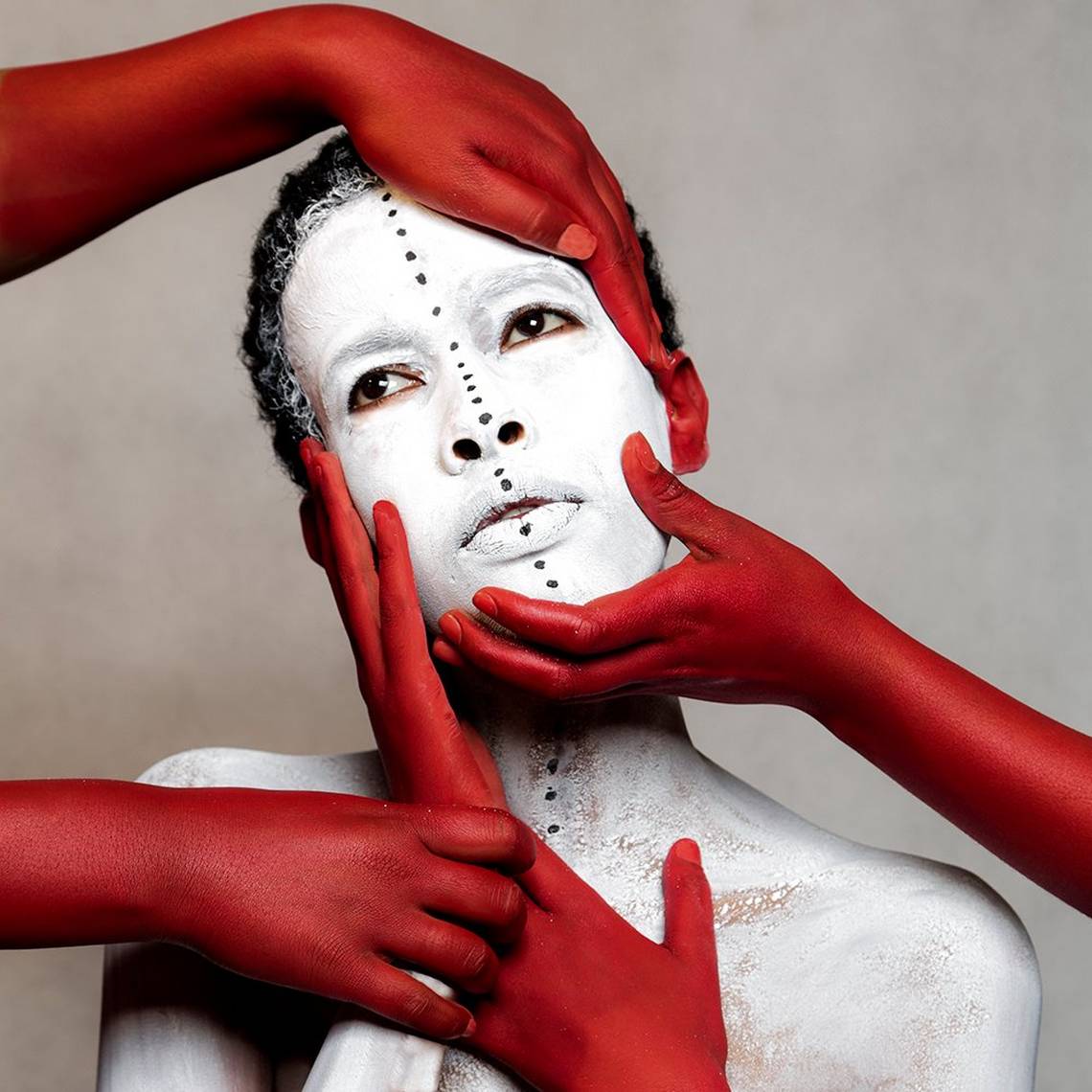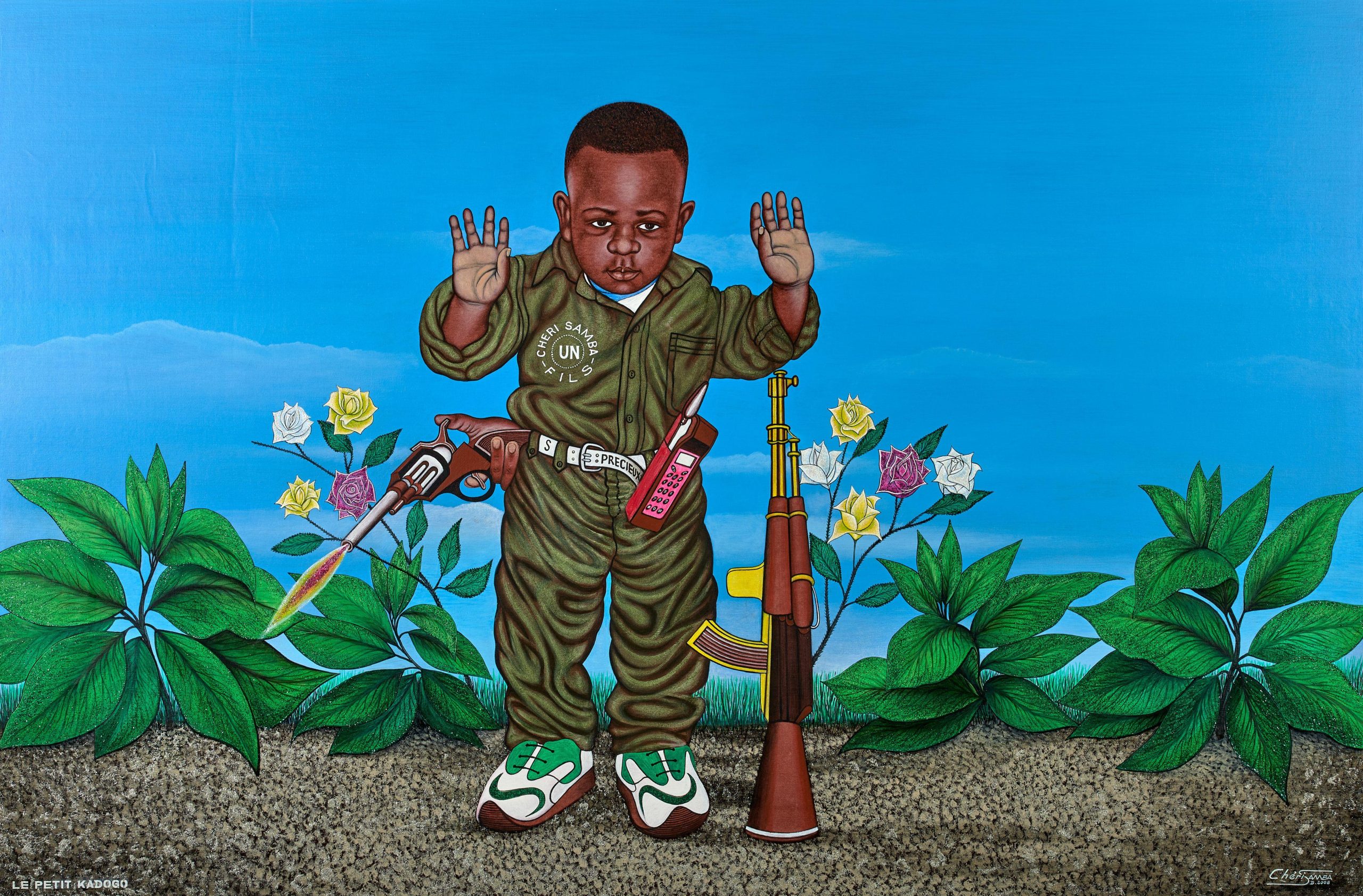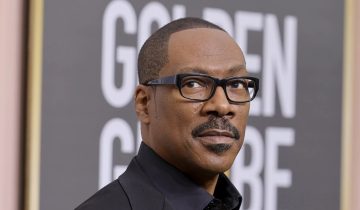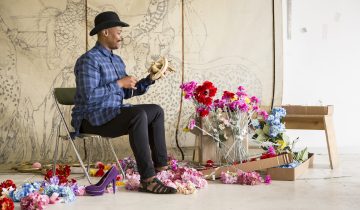In an ever-evolving world, African artists have consistently wielded their creative prowess to hold up a mirror to society. Through various mediums, these artists engage in social commentary, offering both critique and reflection on the human condition, politics, and culture. This journal will delve into the various artistic forms that African artists utilize in their pursuit of social commentary and examine the impact of these artworks on society, both within the continent and beyond its borders.
Exploring the power of visual art for social commentary
Visual art has long served as a powerful tool for social commentary, and African artists are no exception to this tradition. From painting to sculpture, these artists offer a unique perspective on the issues plaguing their societies.
Case study: Chéri Samba’s paintings
Congolese artist Chéri Samba’s paintings are a prime example of visual art as a form of social commentary. His vibrant, satirical works offer critiques of political corruption, social inequality, and the role of art itself in African society. Samba’s thought-provoking pieces spark discussion and challenge viewers to confront these issues head-on.
Case study: Yinka Shonibare’s sculptures
Nigerian-British artist Yinka Shonibare utilizes sculpture to comment on colonialism, identity, and race. His signature material, brightly colored African textiles, often covers his sculptures, which are inspired by European art history. Shonibare’s work is a striking reminder of the complex relationships between Africa and the Western world, highlighting the need for ongoing dialogue and understanding.
The impact of street art and public installations
As art extends beyond the gallery walls and into public spaces, street art and public installations become increasingly relevant in the realm of social commentary. These accessible art forms invite the public to engage with societal issues directly.
Case study: Faith47’s murals
South African street artist Faith47 creates captivating murals that address themes of social injustice, environmental degradation, and the human experience. By transforming urban landscapes into thought-provoking canvases, Faith47 draws attention to pressing social issues and encourages viewers to reflect on their roles in addressing these concerns.
Case study: Serge Attukwei Clottey’s installations
Ghanaian artist Serge Attukwei Clottey uses repurposed materials such as yellow plastic jerrycans, known as “Kufuor gallons,” to create large-scale installations that highlight issues of water scarcity and environmental pollution. Clottey’s installations serve as a call to action, urging viewers to confront and address the challenges facing their communities.
The role of photography and film in documenting social issues
Photography and film offer unique opportunities for artists to capture the realities of social issues, creating lasting visual records that inspire conversation and change.
Case study: Zanele Muholi’s photography
South African photographer Zanele Muholi is an acclaimed visual activist who documents the lives of Black LGBTQ+ individuals in her country. Her powerful, intimate portraits challenge societal norms and prejudices, giving visibility to an often marginalized community and sparking discussions about acceptance, human rights, and equality.

Case study: Wanuri Kahiu’s films
Kenyan filmmaker Wanuri Kahiu uses her work to address social issues and challenge stereotypes surrounding African culture. Her film “Rafiki,” which portrays a love story between two young women, faced initial bans in Kenya due to its LGBTQ+ themes. Despite this, the film has garnered international acclaim and has played a crucial role in bringing discussions of LGBTQ+ rights to the forefront in Kenya and beyond.
Performance art and theater as platforms for social commentary
The immediacy of live performance creates a unique space for artists to engage audiences in dialogue about social issues. Through performance art and theater, African artists are able to address societal concerns in a way that resonates deeply with their audiences.
Case study: Brett Bailey’s theatrical productions
South African playwright and director Brett Bailey is known for creating provocative, politically charged theatrical works that challenge audiences to confront uncomfortable truths about colonialism, race, and power dynamics. His productions, such as “Exhibit B,” invite viewers to examine their own preconceptions and engage in necessary conversations about the lingering effects of historical injustices.
Case study: Aida Muluneh’s performance art
Ethiopian performance artist Aida Muluneh uses her body as a canvas to explore themes of identity, belonging, and cultural heritage. Her striking, visually arresting performances create a dialogue between tradition and modernity, urging audiences to question societal expectations and seek a deeper understanding of their own histories and experiences.

Literary arts and their contribution to social commentary
African writers, poets, and essayists have long used their words to address social issues and engage readers in meaningful discussions about the challenges facing their societies.
Case study: Chimamanda Ngozi Adichie’s literary works
Nigerian author Chimamanda Ngozi Adichie is renowned for her powerful, thought-provoking novels, essays, and short stories that tackle themes of gender, race, and cultural identity. Her works, such as “Americanah” and “Half of a Yellow Sun,” have garnered widespread acclaim and have played an instrumental role in shaping the global conversation about feminism, the African diaspora, and the complexities of the human experience.
Case study: Warsan Shire’s poetry
Somali-British poet Warsan Shire uses her evocative verse to give voice to the experiences of refugees, migrants, and those affected by conflict. Her poignant, deeply moving poems, such as “Home” and “For Women Who Are Difficult to Love,” serve as a powerful reminder of the shared humanity that unites us all, transcending borders and cultural divides.
African artists, through their diverse talents and creative expressions, continue to play a vital role in reflecting society and addressing social issues. By engaging with various artistic forms, these artists are able to initiate meaningful conversations and inspire change, both within their own communities and on a global scale. As we celebrate and support these artists, we are reminded of the transformative power of art and the enduring impact of creative expression in fostering a more understanding, compassionate, and just world.





 No products in the basket.
No products in the basket.